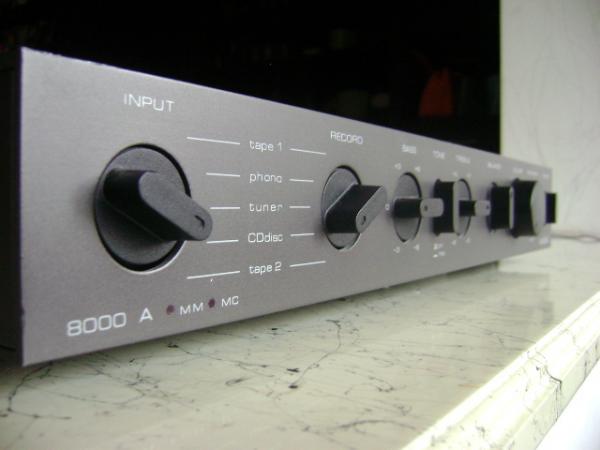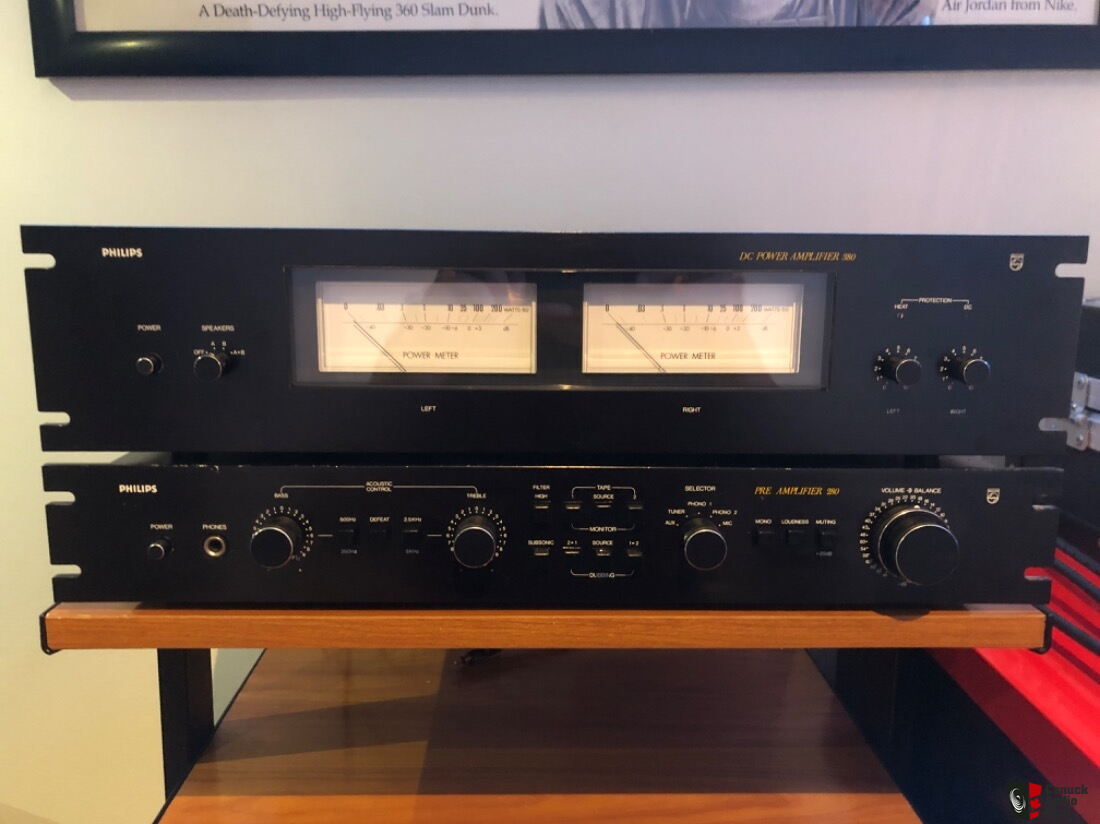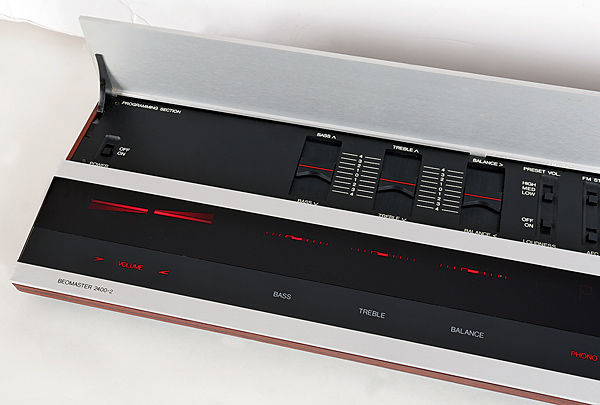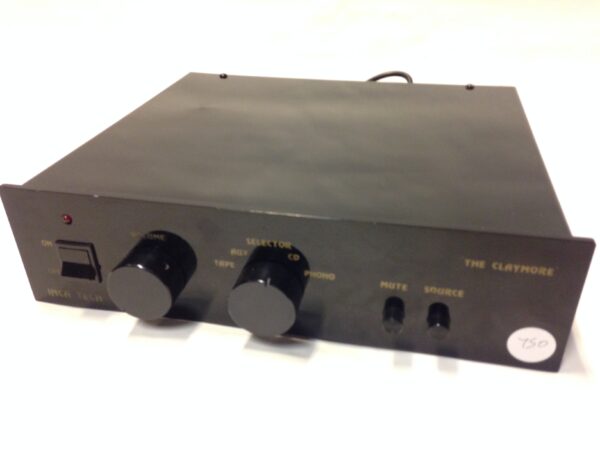It all began in a Cambridge bedroom – Audiolab’s bedroom, to be precise. Philip Swift, along with Derek Scotland, left his “day job” as a director of Lentek Audio to found a company that would have a big impact on the hi-fi sector for the next fifteen years. In the autumn of 1982, while Duran Duran was dominating the top charts and Falklands fervour was raging, the two men decided to try something new…
“We believed there was a need for a high-performance yet practical device at an accessible price, and we believed the Audiolab concept was workable — affordable high end.” Philip Swift recalls, “We thought we could bring helpful functionality, authentic high-end sound, and superb durability.”
He was one of a generation of bright hi-fi entrepreneurs, like Meridian’s Bob Stuart and Arcam’s John Dawson, who excelled academically and entered the employment market just as the hi-fi boom was beginning. Swift’s companion Scotland was a mechanical engineer, and the two of them collaborated to create one of the most mature new items in the hi-fi market’s history.
The 8000A was released in October 1983, and it was nearly identical to the ‘mark 2’ in terms of bugs and rough edges. Everything about the design, from the fascia to the circuitry, was attractive, well-thought-out, and often unique. “It seemed opulent in comparison to those British minimalism things,” Swift says, “but ours still contained nothing extraneous.” Indeed, its numerous features were just what many audiophiles of the day required, without devolving into gimmickry. The tone controls, for example, featured mild boost and cut and worked over specified bands of 100Hz and 10kHz. They were positioned horizontally to show the frequencies and functioned more like tilt controls.
The amplifier put out a respectable 50W RMS per channel into 8 ohms (for the time). “The power output rose throughout the years; it was capable of almost doubling it into 4 ohms and could drive a 2 ohm load,” Swift adds, “but the power output did not alter on paper.” From input to output, the amp’s structure was completely unique; the mechanics, physical layout, and heatsinking were all unlike anything else on the market. “We devised a differential preamplifier circuit topology that produced a design that was exceedingly linear, low in distortion, and silent. “To get the sound we desired, we used specific resistors and capacitors (not ceramic capacitors) and ran the wide bandwidth power amplifier with minimum feedback,” he recalls.
The 8000A was voiced with the greatest loudspeakers of the time, including the Spendor BC1 and Quad ESL-63. “We also wanted a really tough load to really push the 8000 to its capabilities, so we utilized the Yamaha NS1000M, which were fantastic at displaying the scale and the low end performance – and if you didn’t have a smooth sounding amplifiers, you knew it with the Yamahas!” explains Swift.
The Audiolab 8000A was first released in a dark gunmetal grey color and was constructed of robust sheet steel. Its fascia was notable for two reasons: first, the source and record selections were uncommon at the time, and second, it was – according to Philip Swift – the first ever amplifier to feature a dedicated CD input; not just the word ‘CD’ inscribed where the term ‘AUX’ used to be! It had numerous different inputs, including a switchable MM/MC phono input, and was level matched to CD players’ (then) non-standard above-line-level voltage. The 8000’s plastic knobs looked cool, performed smoothly, and had a general sense of perfection that some of its ‘cottage industry’ competitors couldn’t match.
Around the back, there were a slew of RCA phono inputs, as well as a switchable MM/MC phono input (again, some British rivals like Naim and Myst used DINs). The phono input part, thankfully, featured a set of RCA phono connectors for each, allowing you to practically plug two turntables into it and switch between them – quite helpful for some! Unlike some competitors’ unusual configurations, decent speaker binding posts offered an option of bare wire or banana plugs. The preamp and power amplifier parts were detachable, allowing for a very straightforward upgrading route. Overall, it was quite impossible to find fault with the 8000’s connectivity and amenities; they were light years ahead of many competitors, and yet everything was laid out in a delightfully simple manner.
The Audiolab was a genuine powerhouse of a device back then, capable of driving pretty much any speaker on the market. Although the early ones were a touch intellectual, it had a clear, open sound with plenty of detail and no nasties. The corporation didn’t rest on its laurels, though, and had seven major changes throughout the duration of its thirteen-year existence — nearly one every 24 months. The power amp was altered to sound cleaner and produce more current, and a number of modifications were made to increase reliability – odd, given that it was one of the most reliable British amplifiers of its period from the start.
By the end of the production run, 255 of the amplifier’s 256 components had been upgraded, with the original round red push button on the back panel, which was used to select between MM and MC, surviving. The 8000A was a truly good sounding amplifier by the early 1990s, with a wide, expansive, and pleasurable sound – albeit not quite as visceral and ‘edge of the seat’ as competitors from Naim, for example. Regardless, it made a lot of friends and is perhaps one of the best-selling amplifiers of the 1980s and 1990s.
Finding a used Audiolab 8000A is simple due to the large number available. The ones from the late 1990s are the ones to look for, but all of them are dependable to a degree that many of their contemporaries can only dream of. With prolonged usage, the RCA phono inputs can crack on the printed circuitboard, so make sure any amp you buy works on both channels and all of its inputs. It’s also a good idea to replace any capacitors that have reached the end of their useful life. The greatest sounding amplifiers were the most recent ones, shortly before Audiolab ‘became’ TAG McLaren Hi-Fi, so a well-preserved late-1990s amp is the best bet, though anything from the late 1980s would do. Depending on the condition and age, expect to pay between £50 and £200.







